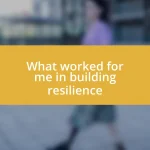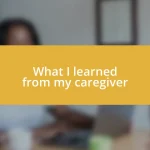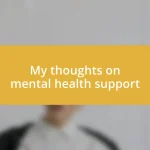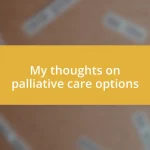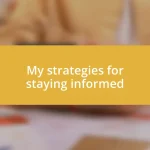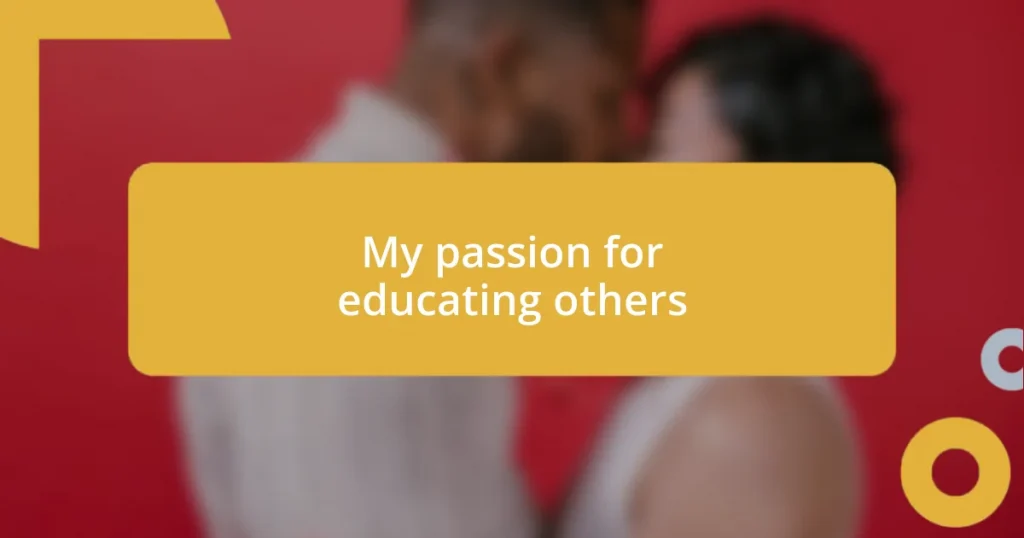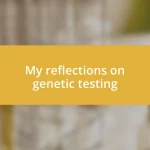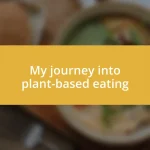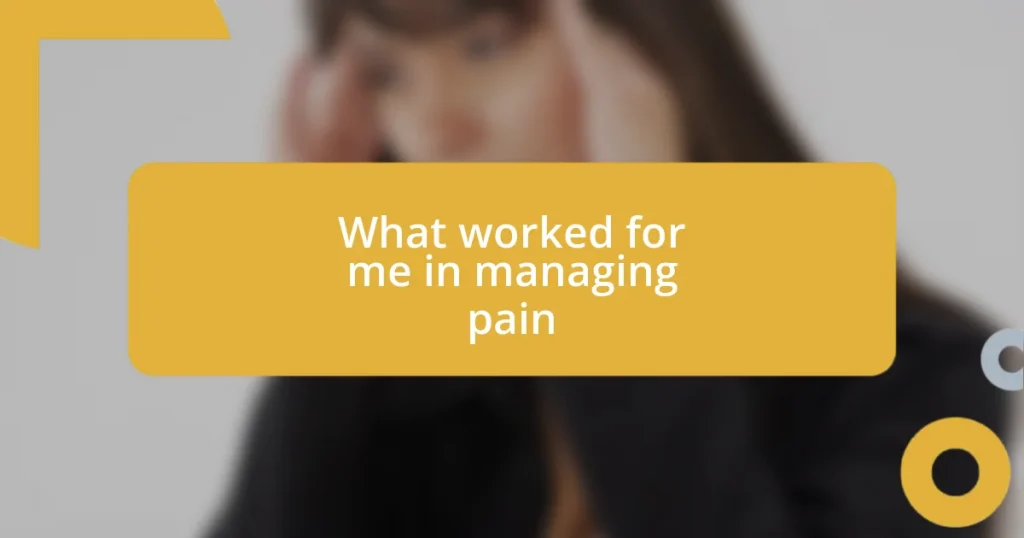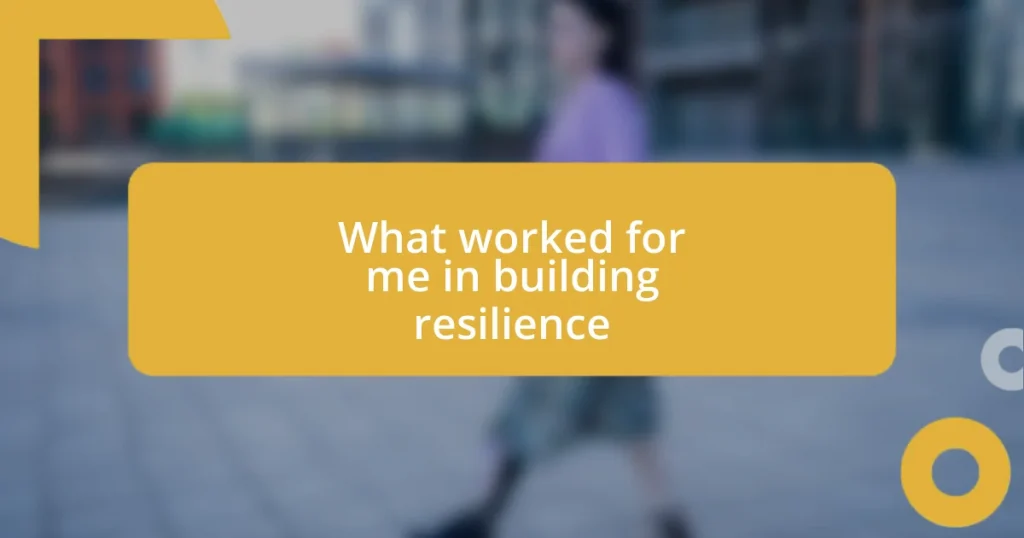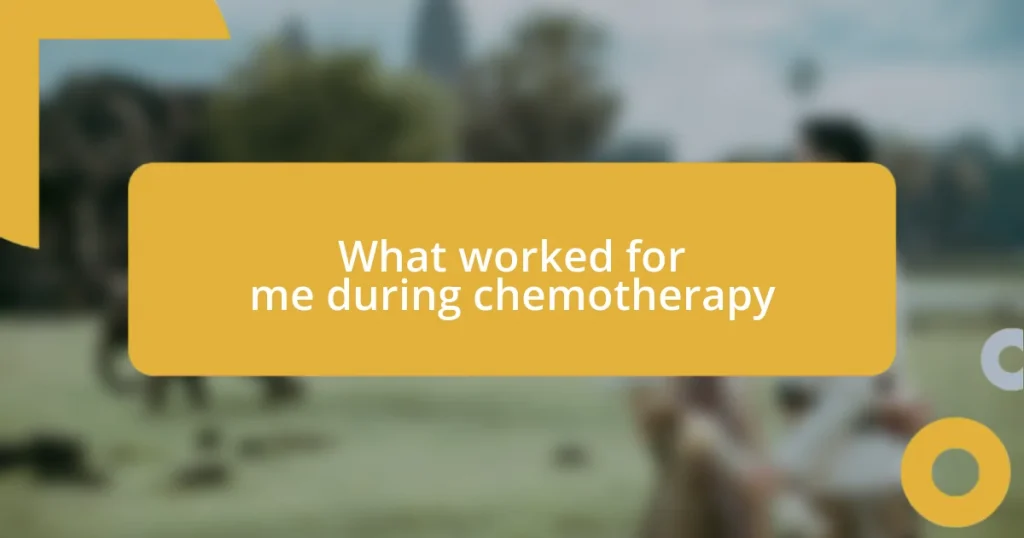Key takeaways:
- Education serves as a catalyst for personal growth, cultivating confidence and a sense of purpose in individuals.
- Engaging learners through hands-on activities, supportive environments, and technology enhances understanding and fosters connections.
- Encouraging a culture of questioning and empowering learners to set personal goals fosters lifelong learning habits and ownership of their educational journeys.

Understanding the importance of education
Education is more than just acquiring knowledge; it’s about opening doors to new experiences and opportunities. I remember one day in college when a professor introduced us to a guest speaker who had transformed her life through education. It struck me how a single lesson could ignite a passion that lasts a lifetime. Have you ever thought about how a small moment in education might change someone’s trajectory forever?
Moreover, education is a catalyst for personal growth. I’ve seen firsthand how my friends have evolved into more confident individuals through their learning journeys. It was enlightening to witness how education not only imparted skills but also cultivated a sense of identity and purpose. Isn’t it fascinating how knowledge can empower individuals to voice their thoughts and challenge the status quo?
Finally, let’s not overlook the social impact of education. It fosters understanding, tolerance, and collaboration. I often reflect on group projects where diverse perspectives enriched our collective work. Each voice brought something unique to the table, illustrating how learning together can bridge gaps and build community. Don’t you agree that education has the potential to unite us in ways we might not initially consider?

Finding your educational passion
Finding your educational passion often starts with a moment of introspection. I remember sitting on a park bench during a quiet afternoon, reflecting on what truly excited me about teaching. It was in that moment I realized that my passion lay in helping others discover their unique strengths. That revelation not only fueled my motivation but also helped me shape a teaching philosophy centered around empowerment and encouragement.
To uncover your educational passion, consider these reflective steps:
– Assess Your Interests: What subjects have always fascinated you?
– Identify Inspirational Figures: Think about teachers or mentors who’ve influenced you; what qualities did they possess?
– Explore Different Roles: Volunteer or intern in various educational settings to uncover where you feel most alive.
– Reflect on Experiences: Consider moments when you felt fulfilled or excited while helping others learn; what were you doing?
– Seek Feedback: Ask friends or colleagues to share what they believe your strengths are in education; sometimes, we overlook our own gifts.
By exploring these areas, you’ll likely ignite a deeper passion for education that aligns with who you are.

Strategies for effective teaching
Effective teaching involves a variety of strategies that cater to different learning styles and promote engagement. I find that incorporating hands-on activities can transform a lesson from mundane to memorable. For instance, I once had a student struggling with abstract math concepts. By introducing physical blocks to represent problems, it suddenly clicked for him. Have you ever seen the light in someone’s eyes when they finally understand something that puzzled them?
Additionally, fostering a supportive classroom environment is crucial. I recall a time when I encouraged my students to share their questions without fear of judgment. The result was a rich dialogue where learners felt valued and confident enough to express their thoughts. Isn’t it powerful how a simple shift in atmosphere can lead to deeper connections and enhanced learning outcomes?
Another strategy that I’ve found invaluable is the incorporation of technology. Integrating educational videos and interactive quizzes can make lessons more dynamic. One night, I experimented with a virtual reality component during a history lesson, bringing historical events to life. The students were captivated; it was as if they were walking through time! Techniques like these really highlight the diverse ways we can connect with learners.
| Strategy | Description |
|---|---|
| Hands-on learning | Using physical materials to clarify abstract concepts. |
| Supportive environment | Encouraging open dialogue and making students feel valued. |
| Technology integration | Using digital tools to enhance engagement and understanding. |
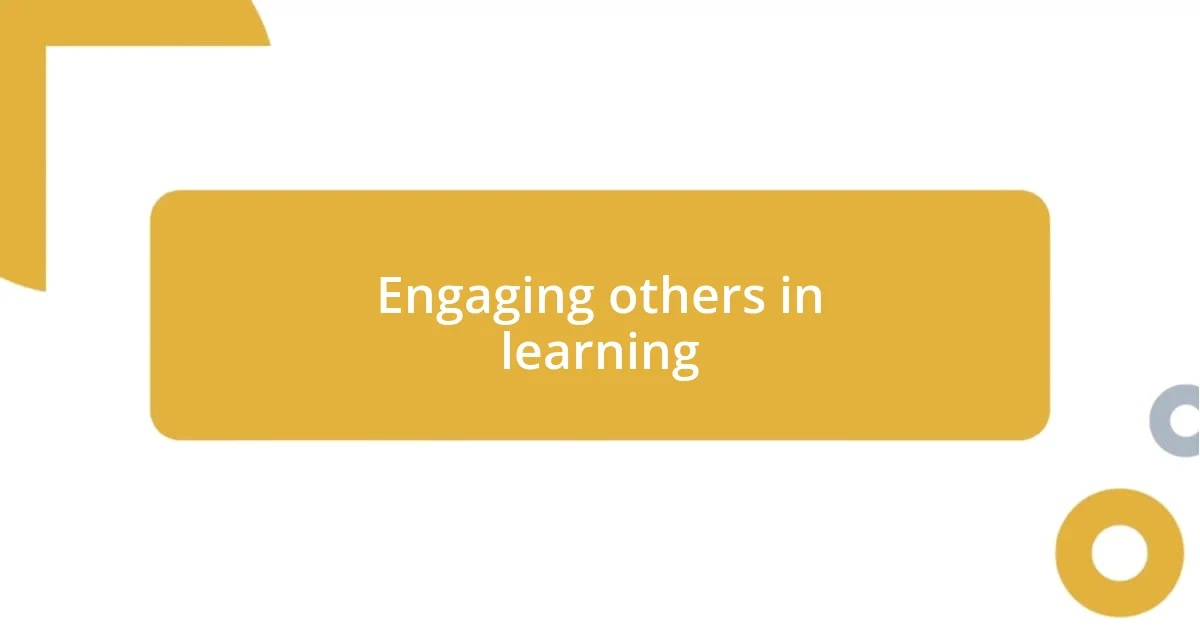
Engaging others in learning
Engaging others in learning goes beyond just presenting information; it’s about igniting curiosity and fostering connection. I remember a particular workshop where I asked participants to brainstorm their favorite learning experiences. The room buzzed with excitement as they shared stories of inspirational teachers and enlightening moments. It really struck me how powerful it is to tap into our shared experiences; it creates a community of learners who feel empowered to explore together. Have you ever found yourself more invested in a topic because of the way it was introduced?
When I think about engagement, I’m often reminded of a project where my students created their own history documentaries. The task was to research and present their findings creatively. Watching them collaborate and dive into the stories of their chosen historical figures was energizing. Some students, who typically hesitated to speak up, became the most vocal advocates for their topics. It was a beautiful reminder that when learners have ownership, their passion for the subject can truly flourish.
Moreover, I’ve discovered that storytelling in education acts as a bridge to deeper understanding. A few years ago, I shared my own experiences of overcoming struggles in learning a new language. I could see my students connect with the vulnerability of my story, which encouraged them to share their own challenges. Isn’t it fascinating how sharing these moments not only builds trust but also inspires others to embrace their learning journeys?

Creating impactful educational resources
Creating impactful educational resources is all about addressing the needs of learners and ensuring that the materials resonate with them. I vividly recall a time when I designed a resource kit for visual learners that included infographics and diagrams. The moment I observed students referencing those visuals to explain concepts back to me, I understood the power of tailored materials in fostering understanding. It’s amazing to see how a well-thought-out resource can serve as a springboard for deeper discussions.
I believe that interactivity is a significant component in the resources we create. I once implemented an online discussion board for my students to discuss classic literature. Instead of merely reading the text, they were able to express their interpretations in a space where their voices mattered. Witnessing their enthusiasm as they debated and shared ideas was truly invigorating. Have you ever felt that connection when discussing something you love with others?
Input from students is invaluable when developing educational tools. During one lesson, I invited feedback on the worksheets I was using. The insights I received were eye-opening! Students shared what they found confusing and what sparked their interest. It reminded me that education shouldn’t be a one-way street; collaboration in creating resources can often lead to materials that are not just effective, but also engaging. What if we all embraced this two-way dialogue in our educational practices? The potential for growth is limitless!
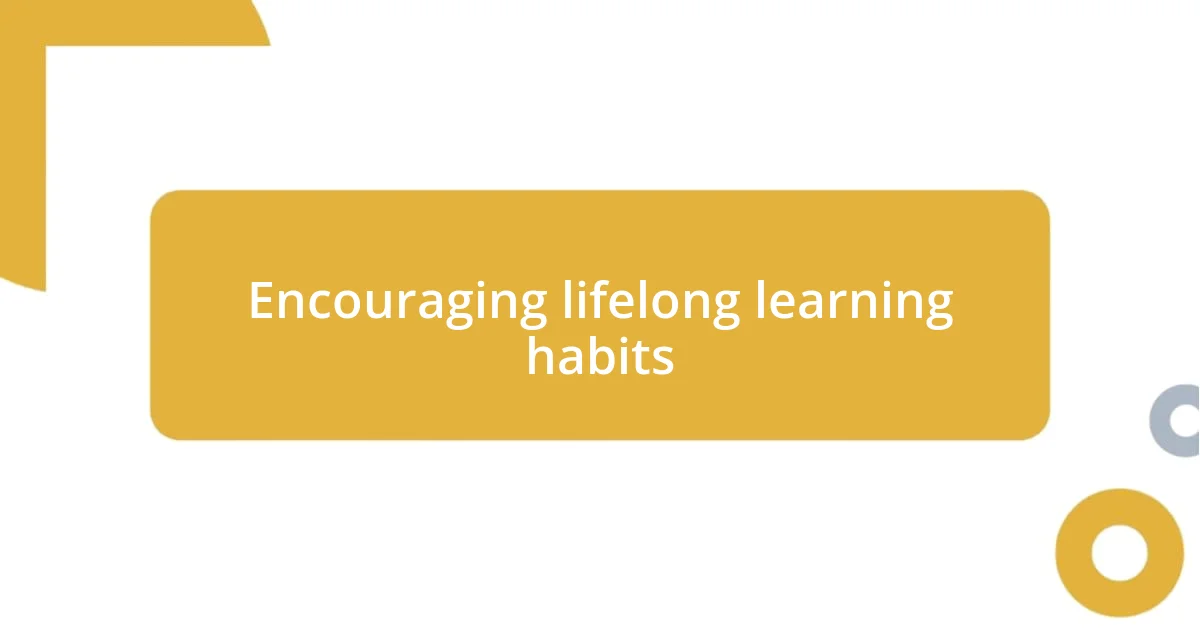
Encouraging lifelong learning habits
Encouraging lifelong learning habits is an essential part of education that I find incredibly rewarding. I had a mentor who always emphasized the idea of curiosity over complacency. One day, during a particularly challenging discussion on philosophical theories, she encouraged us to ask “why” at every turn. It ignited a fire in the room; our questions turned into deep explorations, which made me realize how vital it is to nurture that inquisitive mindset. Have you ever had a moment where a simple question opened up a new avenue of understanding for you?
I’ve seen firsthand how creating a culture of questioning can transform learning experiences. In a book club I started, I urged participants to not only read but to reflect on what they read and why it mattered to them personally. One evening, a participant shared how a specific chapter reshaped their views on personal growth. This kind of personal connection to learning makes the experience so much more profound; it fosters a habit of seeking knowledge that extends beyond the pages of a book. How often do we take the time to connect our learning with our life experiences?
Empowering learners to set their own goals can also significantly enhance their lifelong learning journey. I once guided a group of students in creating their own learning plans that included personal interests and aspirations. The excitement was palpable as they mapped out their paths; some chose to delve deep into creative writing, while others explored coding. Watching them take charge of their education showed me that when learners feel ownership, they are more likely to engage continuously. Isn’t it inspiring to think about how much potential lies within us when we actively shape our own learning journeys?

